Many Kepler Planets Have Distant Companions

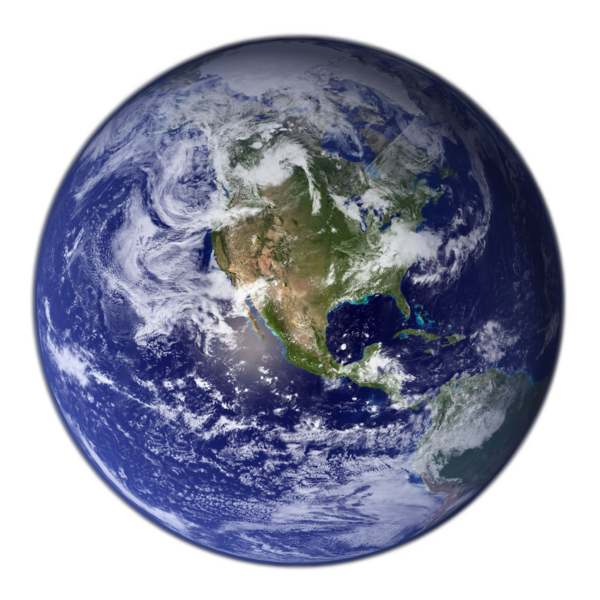


Wei Zhu (祝伟)
Canadian Institute for Theoretical Astrophysics
2019 March 6, Kepler & K2 SciCon V

Intrinsic architecture of
inner planetary System

- 30% of Sun-like stars have Kepler planets.
- Each system has on average 3 planets within 1 AU.
- Fewer-planet systems are dynamically hotter.
- Multi-planet systems are not always coplanar.
- No Kepler dichotomy.
- Our solar systems fits "well" in this picture.
Zhu et al., 2018, ApJ, 860, 101
(see Xie et al. 2016; Van Eylen et al. 2018 for e part)
Orbital eccentricity
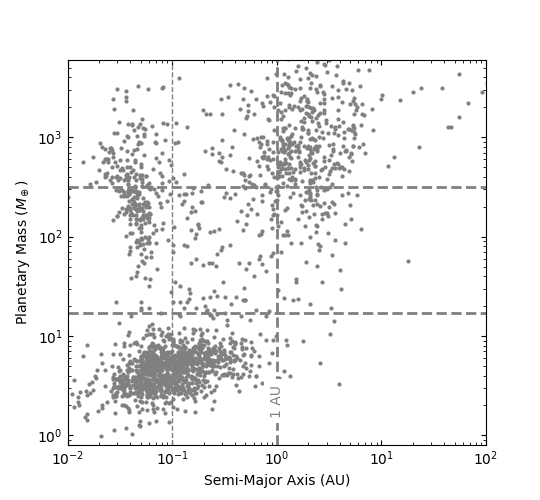
HATNet
Kepler
Cold Jupiters
Cold Neptunes
(Data from NASA Exoplanet Archive)






Kepler
planets
(30%)
Go beyond 1 AU
~10% of Sun-like stars have cold giant planets (e.g., Cumming+08, Mayor+11)
Cold Neptunes are common
(e.g., Gould+06, Suzuki+16)
The outer companion dominates the mass and angular momentum budget
Super Earth-cold Jupiter relations
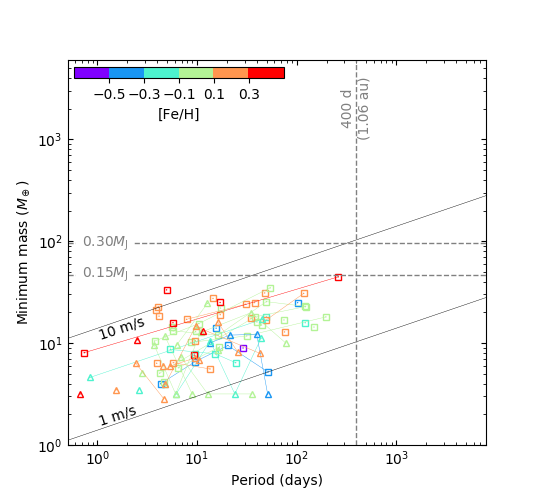
Cold Jupiters
Super Earths
22 from Kepler (triangles) + 39 from RV (squares)
Zhu & Wu, 2018, AJ, 156, 92
(see also Bryan et al. 2019)
Cold Jupiters
Super Earths
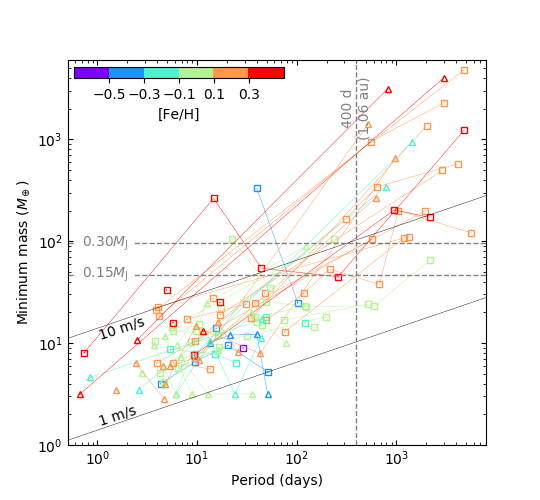
Zhu & Wu, 2018, AJ, 156, 92
(see also Bryan et al. 2019)
22 from Kepler (triangles) + 39 from RV (squares)
Super Earth-cold Jupiter relations
-
1/3 of Kepler systems have cold Jupiter companions.
- >50%, if [Fe/H]>0.
Cold Jupiters
Super Earths

Zhu & Wu, 2018, AJ, 156, 92
(see also Bryan et al. 2019)
22 from Kepler (triangles) + 39 from RV (squares)
Super Earth-cold Jupiter relations
-
1/3 of Kepler systems have cold Jupiter companions.
- >50%, if [Fe/H]>0.

Cold Jupiters
Super Earths

Zhu & Wu, 2018, AJ, 156, 92
(see also Bryan et al. 2019)
22 from Kepler (triangles) + 39 from RV (squares)
Super Earth-cold Jupiter relations
- 1/3 of Kepler systems have cold Jupiter companions.
- >50%, if [Fe/H]>0.
- Cold Jupiters (almost) always have inner super Earth companions!
(Un)Popularity of Solar system
Zhu & Wu, 2018, AJ, 156, 92
- Solar system has no super Earth (70%).
- Solar system has a cold Jupiter (10%).
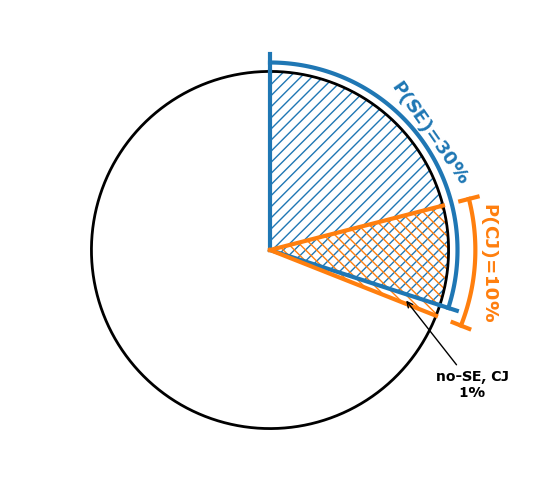
TESS discovers a super Earth in
pi Mensae system


Huang et al., (2018)
(see also Gandolfi et al. 2018)
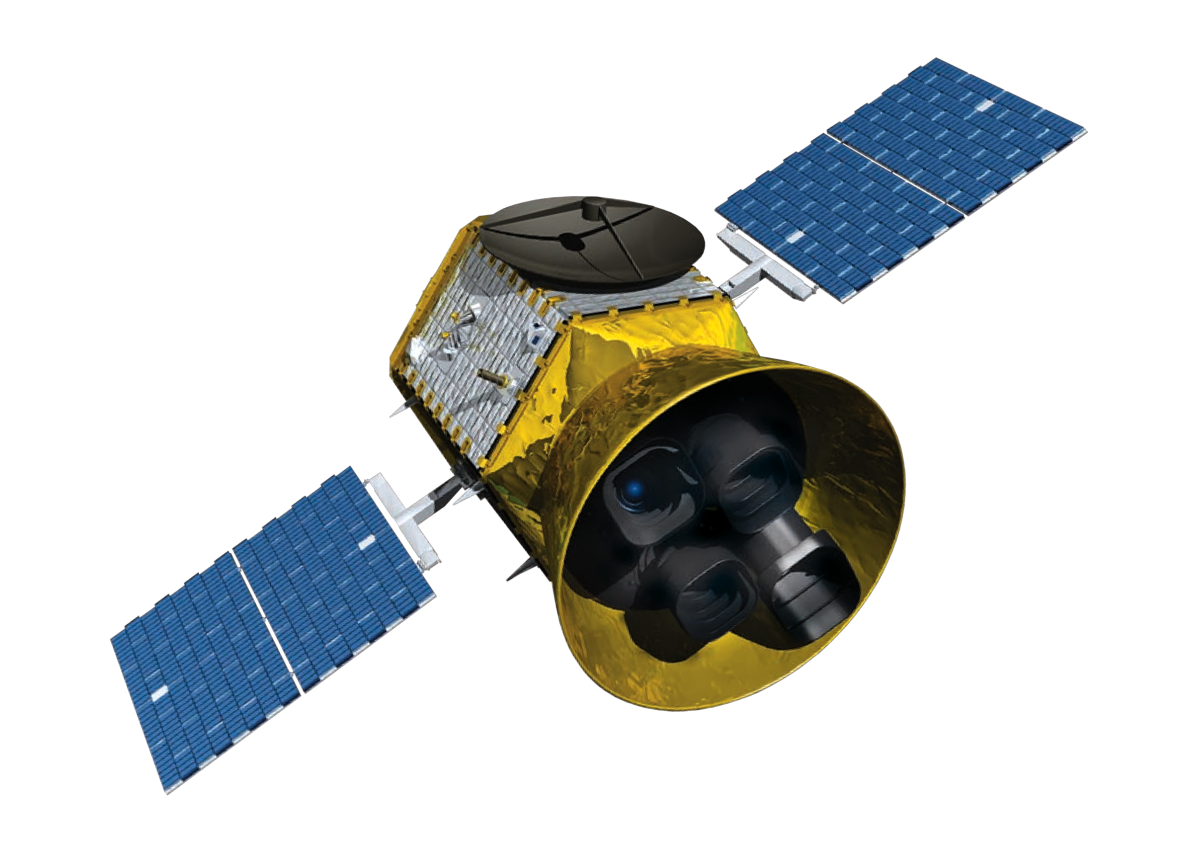
TESS + Gaia









- TESS
- 1000s of close-in small planets (e.g., Sullivan+15)
- Gaia
- 1000s of cold giants (Perryman+14)
- TESS+Gaia provides ~1000 of multi-planet systems
Zhu & Wu, 2018, AJ, 156, 92
Super Earth & cold Jupiter
show strong correlations
-
Formation
- They do not compete for building blocks.
- Cold Jupiters require more stringent conditions.
- Evolution

Zhu & Wu, 2018, AJ, 156, 92
(see also Zhu, 2019, ApJ, 873, 8)
1/3 of Kepler systems have cold Jupiter companions,
what about the other 2/3?
(see Miranda Herman's talk tomorrow)
HATNet
Keck

Cold Jupiters
(~10%)
Cold Neptunes






- Most Kepler-like planetary systems have outer giant planets.
- Almost all cold giant planets have inner small planets.
- Cold planets play important roles in the formation and evolution of the inner system.
Cold giant planets:
Elephant in the room?
Kepler planets
(30%)
Zhu & Wu (2018)
Herman, Zhu, & Wu (2019)
Back-up slides
Intrinsic Architecture


Zhu, Petrovich, Wu et al., 2018
Planet-planet mutual inclinations affect the occurrence rate of planetary systems












mutual inclination
Planet-planet mutual inclinations affect the occurrence rate of planetary systems
Fraction of Sun-like stars with planets

- >50% (Fressin et al. 2013; Petigura et al. 2013; Winn & Fabrycky 2015)
- 30% (Zhu, Petrovich, Wu et al. 2018)